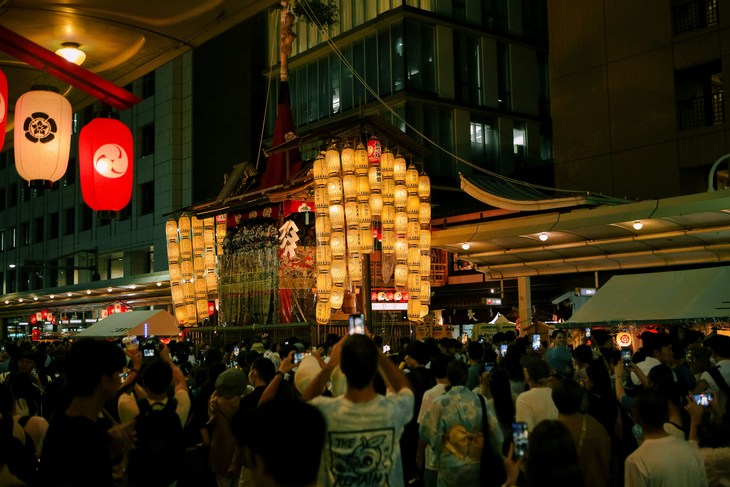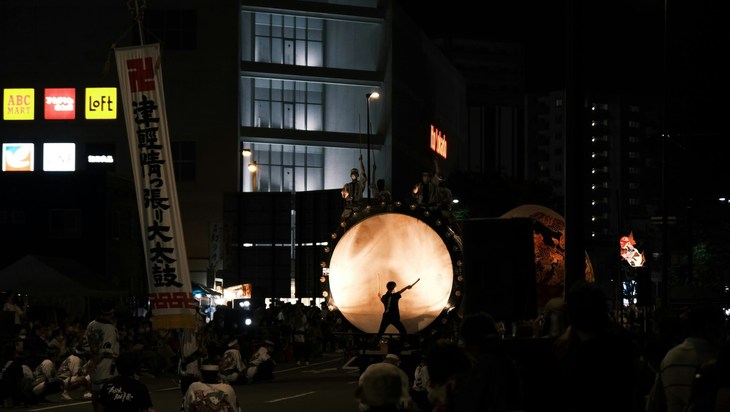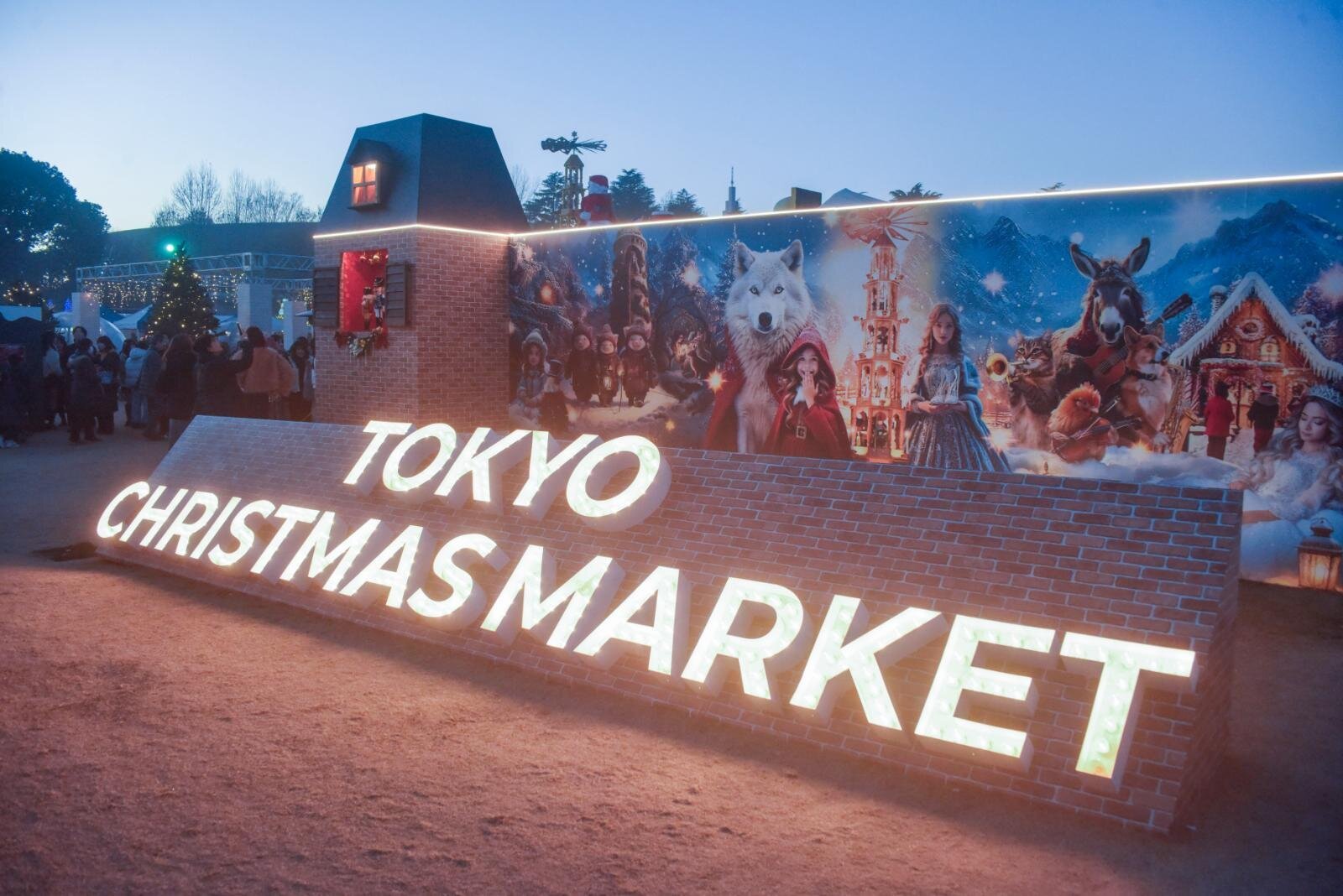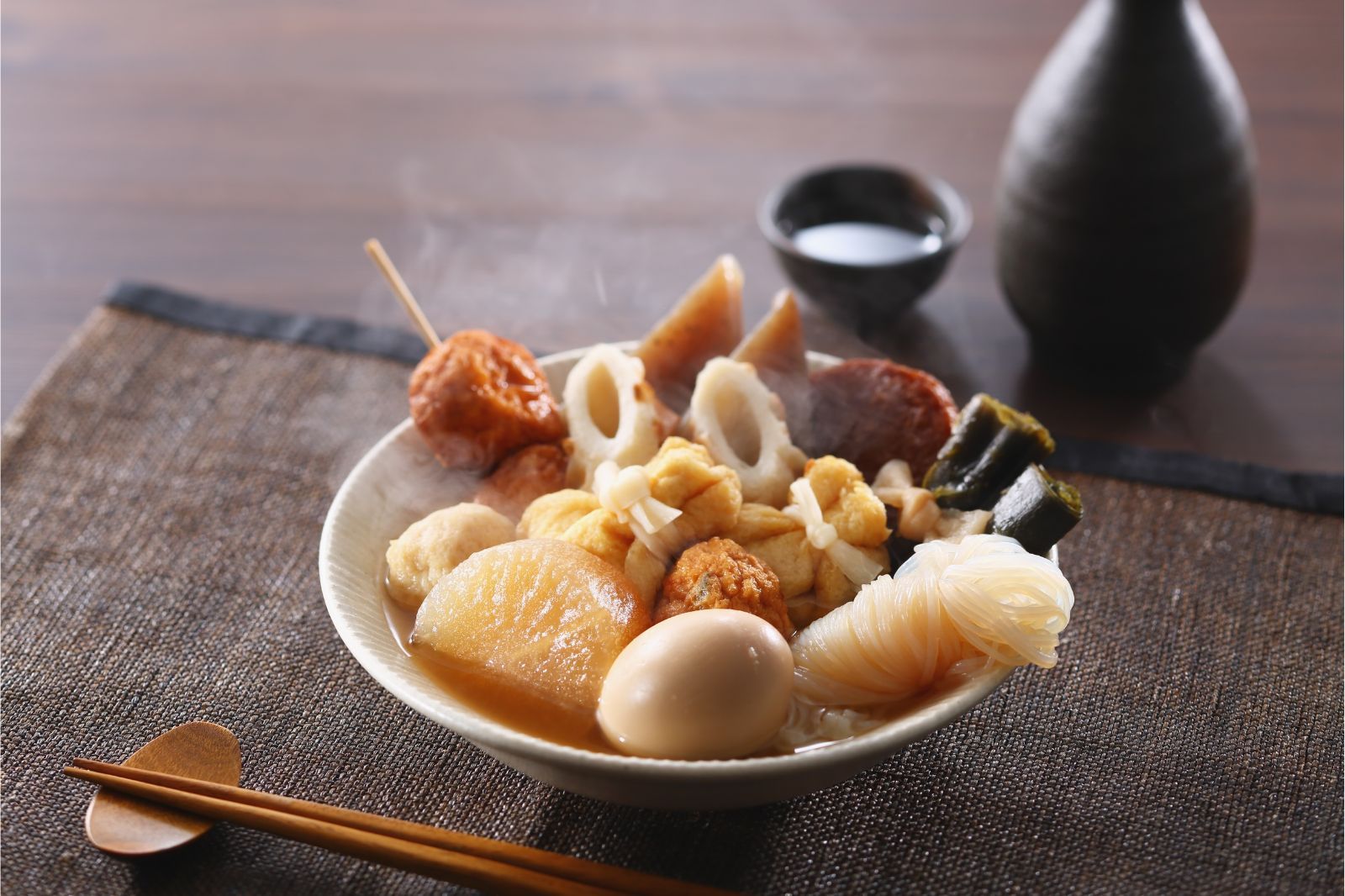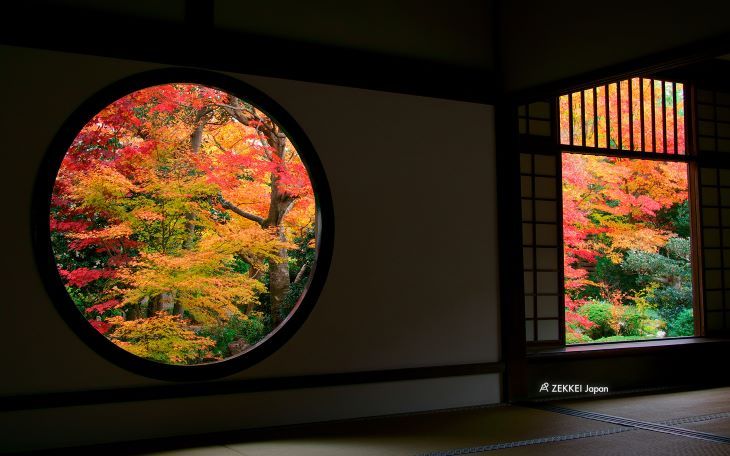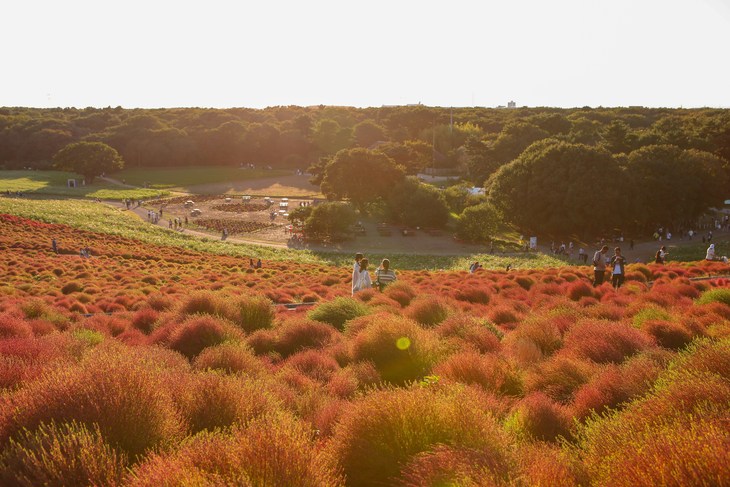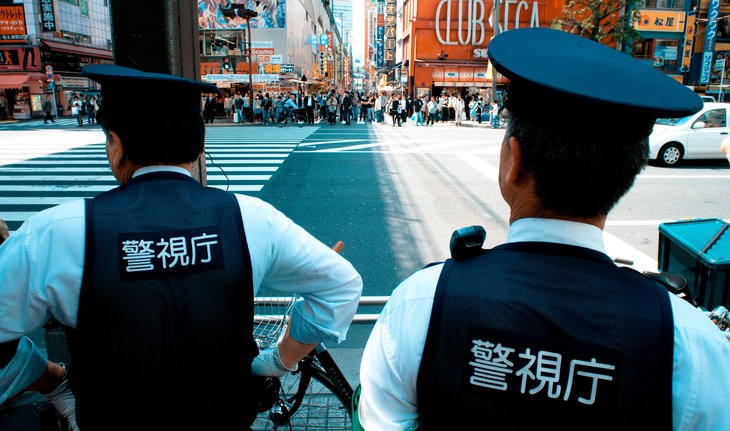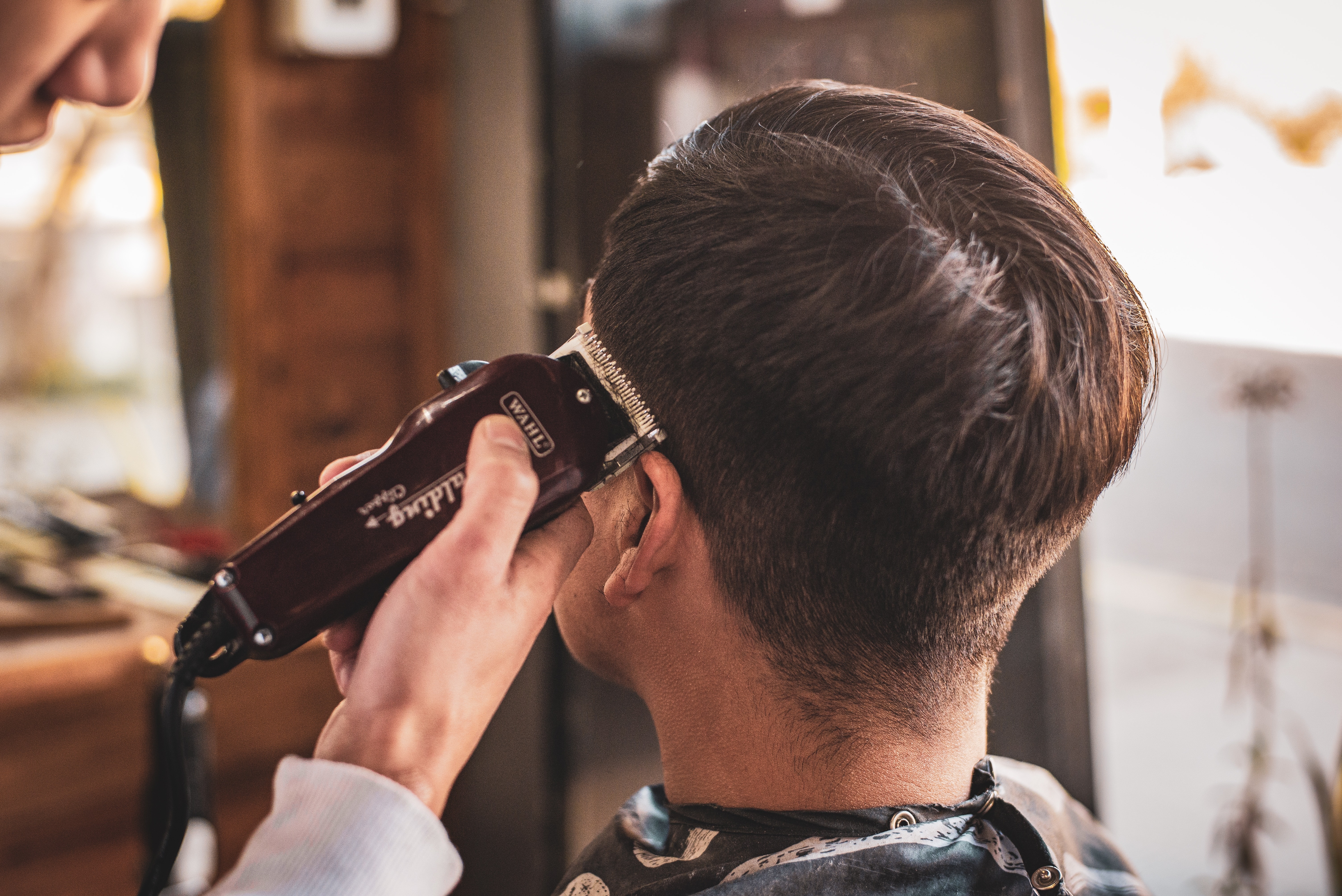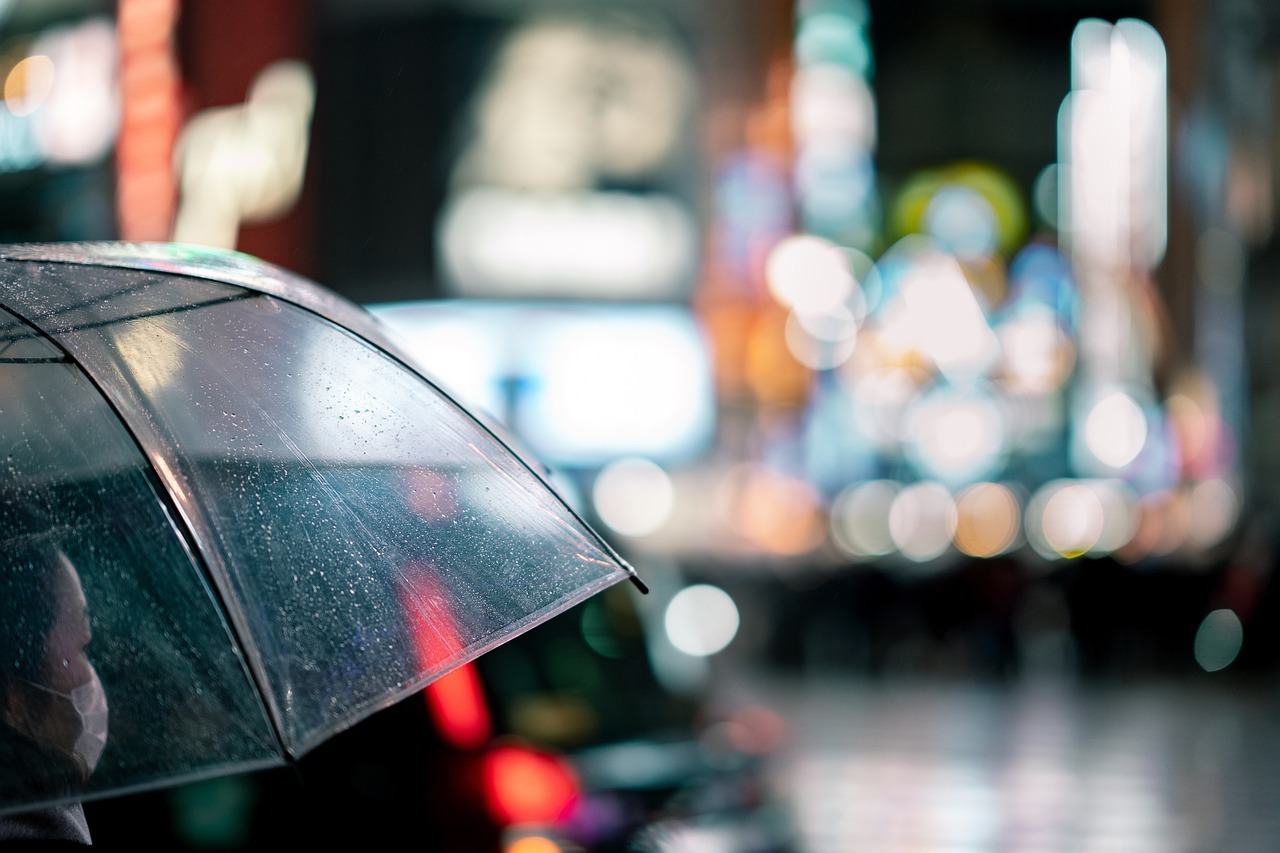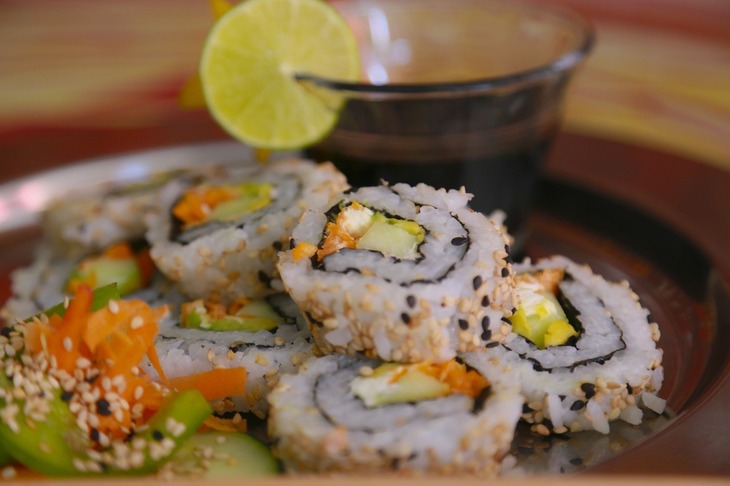How to Enjoy Summer Festivals in Japan: Top Events, Tips & What to Bring
Summer in Japan means festival season, when streets fill with music, dancing, and colorful traditions. From dazzling parades to local food stalls, these events are a highlight of the season. Here's how to make the most of Japan's summer festivals.
Japan's Most Famous Summer Festivals
Gion Matsuri (Kyoto)
Held every July in Kyoto, Gion Matsuri is one of Japan's oldest and most iconic festivals, dating back over a thousand years. Originally a religious ritual to ward off disease, it's now a month-long celebration featuring ornate floats, traditional music, and thousands of people in yukata.
The main events are the grand float parades, known as Yamaboko Junko, on July 17 and 24, where towering, beautifully decorated floats roll through Kyoto's streets. In the evenings, the city buzzes with food stalls and festival games. It's a perfect mix of ancient tradition and modern summer fun.
Tenjin Matsuri (Osaka)
Osaka's Tenjin Matsuri is known for its energy and spectacle. Celebrated around July 24-25, it honors the god of learning, Sugawara no Michizane, with both land and river parades.
The day begins with traditional performances, including lion dances and drumming. At night, boats illuminated with lanterns cruise down the river as fireworks burst overhead, lighting up the water and sky. It's one of Japan's most dazzling summer nights.
Asakusa Samba Carnival (Tokyo)
This colorful festival blends Japanese and Brazilian culture in a vibrant street parade held in Tokyo's historic Asakusa district. Featuring samba dancers in Carnival costumes, Brazilian music, and festive food stalls, it's a lively celebration of international friendship and Tokyo's unique summer vibe.
The Three Great Summer Festivals of Tohoku
Northern Japan is home to some of the country's most breathtaking and high-energy summer festivals. Known as the Three Great Summer Festivals of Tohoku, these events are worth planning a trip around.
Nebuta Matsuri (Aomori)
From August 2-7, the streets of Aomori light up with Nebuta, which are massive, glowing paper floats shaped like mythical warriors and kabuki characters. These floats are hand-painted and highly detailed, parading each night through the city accompanied by dancers known as haneto, who chant and jump to traditional music.
Visitors can even join in the fun by renting a haneto costume.
Kanto Matsuri (Akita)
Held August 3-6, Akita's Kanto Matsuri is famous for its performers balancing towering bamboo poles (some over 12 meters tall) adorned with glowing paper lanterns. Balancing them on foreheads, shoulders, or hips, these skilled performers move with graceful strength. The sight of hundreds of illuminated kanto swaying in the night sky is both mesmerizing and magical.
Tanabata Matsuri (Sendai)
From August 6-8, downtown Sendai transforms into a colorful world of enormous washi paper streamers and bamboo decorations. This celebration of the star-crossed lovers Orihime and Hikoboshi (from a classic folktale) combines romance, art, and fun. The festival also features parades, live music, and countless food stalls under a sky of vibrant streamers.
Tips and Etiquette for Enjoying Japan's Summer Festivals
・Stay Cool and Dress for the Weather
Summer in Japan is hot and humid. Wear light, breathable clothes, and don't forget sunscreen and a hat. Renting a yukata is a popular choice that also helps you blend into the festive atmosphere. Just remember to stay hydrated and take breaks in the shade when needed.
・Keep the Festival Clean
Bring a small plastic bag for your trash. Festival areas can get crowded, and trash cans may be full or hard to find. Japan takes cleanliness seriously, and helping keep the area tidy is part of the matsuri spirit.
・Respect the Crowd
Festivals can be packed, so avoid pushing or cutting in line. Once you find a good spot to watch a parade or performance, stay put so others can enjoy it too.
・Be Polite with Photos
The floats and performances are visually striking, and there are plenty of great photo opportunities, but ask permission before photographing individuals, especially performers or children. To ask to take a photo, say: "Shashin ii desu ka?" (Is it OK to take a photo?).
・Follow Local Rules
Listen to staff instructions and look out for signs. Some areas may be reserved for locals or have special customs, especially at traditional festivals like Gion Matsuri.
What to Bring to a Japanese Summer Festival
-
Cash: Most food stalls don't take cards, so bring small bills and coins.
-
Sunscreen & Hat: Japanese summer is hot, so protect yourself from the summer sun to avoid sunburn or heatstroke.
-
Small Towel: Summers are hot and humid, even at night, so bring a small towel to wipe away sweat.
-
Water Bottle: You usually won't find water fountains at festivals, so bring your own water to stay hydrated.
-
Fan or Uchiwa: Stay cool with a personal fan. They can often be bought at festivals, so they make great souvenirs.
-
Compact Bag: A small crossbody or backpack is perfect for carrying essentials. Since these festivals are usually crowded, bulky backpacks are best avoided.
-
Plastic Bags: There may not be trash cans readily available, so bringing small plastic bags to keep trash in is always a good idea.
-
Yukata or Comfy Clothing: Dress comfortably, in cool clothing, and, if you want, rent a yukata to have a truly authentic summer festival experience.
From traditional floats in Kyoto to lanterns in Akita and samba dancers in Tokyo, Japan's summer festivals offer something for everyone. Whether you're interested in history, performances, or just enjoying festival food, visiting a festival is a wonderful way to experience Japanese culture.














